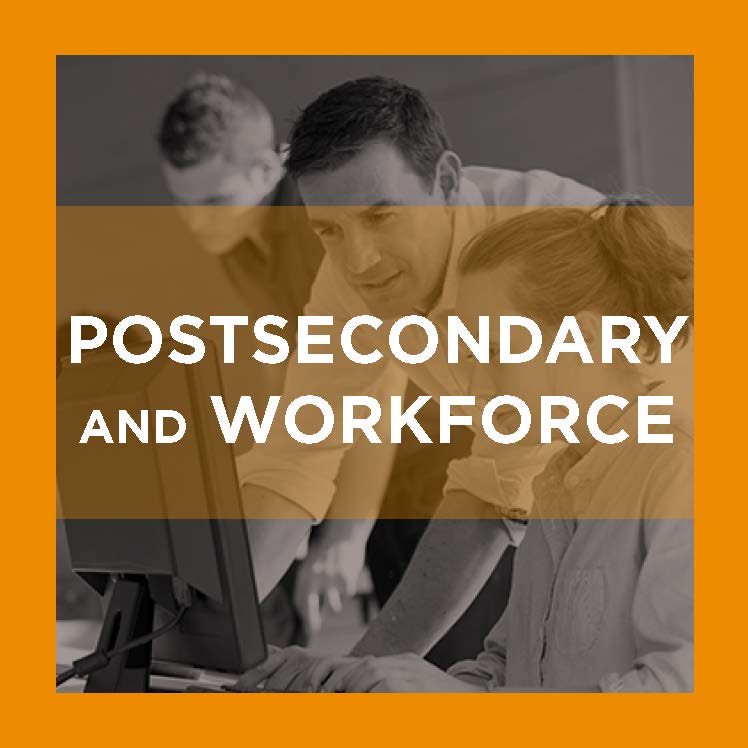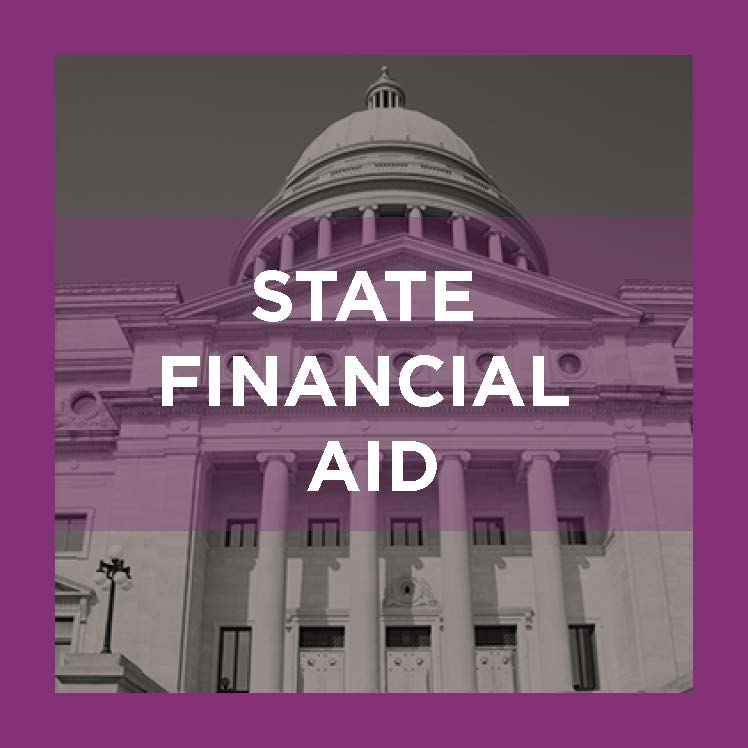As the ever-increasing focus on equity in education grows, state policymakers are inevitably faced with pressures to better understand which students are still being left out. Given the relative locality and duty of state legislators to serve their constituents, discussions about P-20 education for rural students proves to be a trending topic among policymakers.
Rural priorities are different from urban priorities, and policy solutions should be focused accordingly. While policy solutions should respond to the nuanced experiences of different student populations and communities’ needs, there are some overarching themes that have, and continue, to plague many rural districts — including:
- Low college enrollment and completion.
- Lack of adequate broadband connectivity and the impacts on education.
- Finding qualified instructors to teach dual credit courses.
Already in 2018, we have seen increased legislative activity to increase supports and infrastructure for rural districts and students. For example, Colorado’s SB 18-085 increases the number of available stipends to teachers in rural schools and expands licensure, employment and district placements. Oregon’s HB 4051 bolsters statewide engagement on rural support efforts by proposing a Task Force on Rural Education to focus on evaluating and providing recommendations regarding chronic absenteeism, graduation rates, student mobility, serving underrepresented students and advancing postsecondary education. This legislative activity, while new, builds upon past legislative sessions that promoted strategies to recruit teachers to rural areas.
In State of the State addresses this year, governors from Alabama, Arizona, Colorado, Idaho, South Carolina and Wisconsin specifically mention rural education as a top priority. Some new policy ideas shared include South Carolina’s proposed creation of a workforce partnership to connect businesses with high schools and technical colleges to collaborate on internships, dual credit and certificate programs for students — especially in rural areas — interested in skilled trades. In Wisconsin, the governor announced increased state funding investments and TEACH grants to provide technological support and infrastructure across the state that will establish high-speed internet connections likely to improve the connectivity and instructional capacity of classrooms in rural school districts. This investment plan will help rural schools keep more money in the classroom by increasing Sparsity Aid to benefit low revenue school districts. While none of these policy issues offer a one-stop fix solution to the complex issue of better supporting rural students, they can be useful tools in addressing the broad needs of these districts.
As the conversation around rural students continues, areas for additional consideration may be:
- Demographics of student populations. The proportion of graduates from predominately nonwhite rural schools who pursue higher education is declining. Policy solutions should support rural students that may also be low-income, adults, parents, or students of color.
- Academic preparedness. Rural K-12 districts may have limited resources, including a lack of appropriate high school or college-level courses, technology and other tools needed to help students be competitive for postsecondary enrollment. Policymakers can consider multiple pathway options — such as dual enrollment; transfer policies; and other alternative, credit-bearing or development education policies — that can support rural student success.
- Transportation. Students in rural areas may have limited geographical options for postsecondary success. Policy ideas should consider ways in which transportation can either be a point of access or a barrier to enrollment and persistence.
While finding the perfect solution to the inequalities in resources for rural education is complex, these communities deserve equitable opportunities. Considerations such as these are likely to not only help rural students achieve success, but also create more pathways to postsecondary access for other student groups as well.










